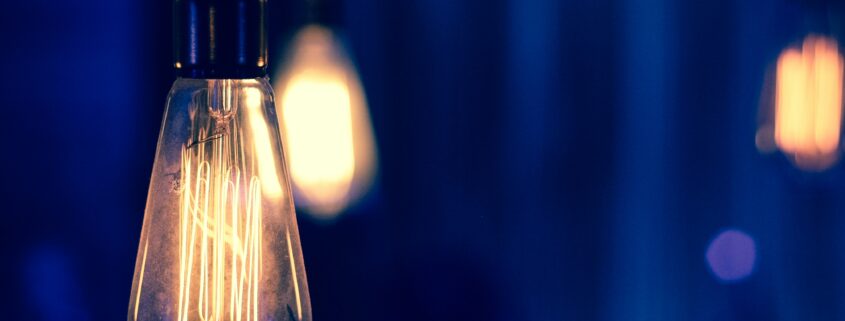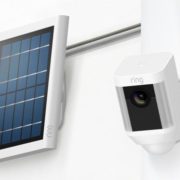The Mites of Electric Lightbulbs
Davy. Swan. Woodward. Evans. Edison. You’ve probably heard one or more of these names used in reference to the inventing of the lightbulb and the various debates about who the real inventor was and who stole ideas to get the credit. Even before electric lights became the standard means of lighting, Mark Twain settled the debate when he said, “It takes a thousand men to invent a telegraph, or a steam engine, or a phonograph, or a photograph, or a telephone or any other important thing—and the last man gets the credit and we forget the others. He added his little mite—that is all he did.”
Though this was not specifically about the lightbulb, the same applies.
Early Days
In ancient times, people contributed the first mites when they discovered fire as a means of light. As centuries passed and technology evolved, people turned to torches, various oil lamps, candles, and other means. Perhaps it was the growing interest scientists had in electricity in the late 1700s and 1800s and the gas lighting of the day that inspired so many to look for a way of creating electric lights.
Gas lighting was a means of lighting homes with gas. It started with a pipe system that connected to the lamps in a home. The pipes connected to various light fixtures as a means of delivering the gas. To turn on the light, one needed to open the valve on the fixture to release a small stream of gas, which one would then light with a flame. The flame in the fixture, fed by the gas, would remain active until one shut the valve on the fixture. This became a common means of lighting homes, and many cities were quick to get onboard and install gas-lit streetlamps, but many remained wary of gas lighting due to safety concerns. If used improperly, gas could be toxic and explosive.
Early Experiments
Whatever the motive behind the scientists’ electrical pursuits, many scientists became involved in the early experiments. One such experiment was Humphrey Davy’s arc lamp. He connected two wires to a battery and placed charcoal strips between the wires. Upon introducing electricity to the contraption, the electric current from the wires created an arch of light across the strips. This lamp improved on similar lamps made by other inventors, but the battery was too large and depleted too quickly for Davy’s arc lamp to be practical.
Another notable mite was Joseph Swan’s incandescent lightbulb. Between the choice of filament and the poor vacuum quality, the bulb only glowed for thirteen and a half hours, but Thomas Edison would later improve upon the design to create a 1200-hour bulb—and get sued by Swan for patent infringement (Edison had to make Swan a partner of his electrical company as restitution).
Now
The incandescent lightbulb saw many more improvements over the years, and florescent lightbulb eventually joined them as an electrical option. Though both are still available for purchase, LED lights have become what many recognize as the superior light source. Still, engineers continue adding their mites to technological development, and smart lightbulbs are making a name for themselves in the electrical industry.
Not only do many smart lightbulbs use less power to create a brighter light, reducing the cost of energy bills, they also offer additional features to give users more control over their homes. With the ability to control your lights from your phone, you can make sure the lights got turned off when you left the house and do so if you find you forgot. You can also use the app at home to turn off the lights upstairs without needing to step away from your family movie night. If you’re having a candle-lit dinner at home for date night, many smart lightbulbs offer an option of changing the brightness of the bulb, so you can dim the lights to create the perfect mood lighting. While you’re on vacation, you can set your lights on a schedule so people will think there is activity in the home.
Many currently regard smart lightbulbs as the future of lighting, and these lights would certainly blow away the historic inventors whose accomplishments led to making them possible. Perhaps as others add their mites, we will see smart lightbulbs become even smarter, but don’t let waiting for the next best thing hold you back from switching out your lights for the improved ones available now.
If you would like more information on how smart light bulbs can benefit you and how to upgrade, contact us at 844-904-9473 or request info online.










Leave a Reply
Want to join the discussion?Feel free to contribute!